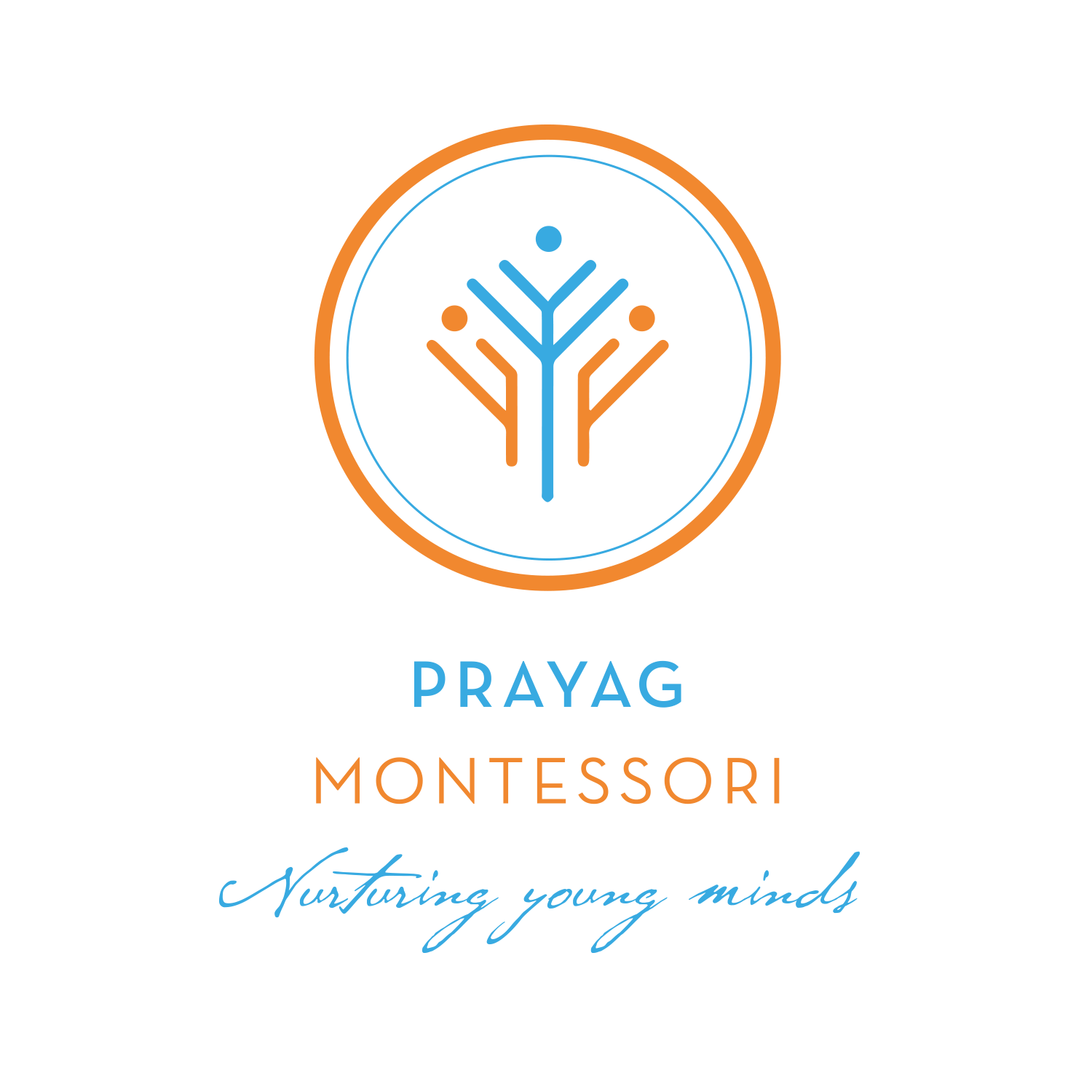An Inspiration – Dr. Maria Montessori
Dr. Maria Montessori was born in Chiaravalle, Italy, on August 31, 1870. In 1896, she became the first woman to graduate from the University of Rome Medical School and later joined the staff of the University Psychiatric Clinic. She was also the first female doctor to graduate during that time. While overseeing children with special needs, she became convinced that these children could learn if given the proper tools. She studied the work of Jean Itard and Édouard Séguin, pioneers in material-based studies for children with developmental challenges, and began designing such tools herself. As director of the State Orthopedic School in 1899, she prepared teaching materials, made notes, and observed children for two years. She was so surprised by how much these children could learn that she decided to devote her energies to education.Dr. Montessori returned to the University of Rome to study philosophy, psychology, and anthropology. In 1907, a group of construction engineers requested her help in managing the children of laborers so that the parents could work in peace. In response, she established the “Casa dei Bambini,” or “House of Children.” She offered these children specially designed materials and was delighted by their response to the sensorial materials, child-sized furniture, and eagerness to learn. At their request, she taught them reading and writing. She created sandpaper letters for them to trace, and when they discovered the relationship between letters, sounds, writing, and reading, they became even more excited about learning.
Dr. Montessori based her future research on the insights she gained from observing children in the “Casa dei Bambini.” She later traveled to India and was deeply moved by the intimacy of the mother-child relationship in Indian society. She trained educators and supported the development of Montessori schools in many regions.
Books
Dr. Maria Montessori developed a unique system of early childhood education, the Montessori Method, which continues to be practiced and followed throughout the world, even today. She was nominated for the Nobel Peace Prize for three consecutive years. She wrote several books on her work; some of them are as follows:

The Absorbent Mind
This book is the basis of the Montessori method of education. It was written in response to the crisis in American education. By this time, more than five thousand public and private schools across the nation had adopted the Montessori method of teaching. The Absorbent Mind characterises the child’s most crucial developmental stage – the first six years.
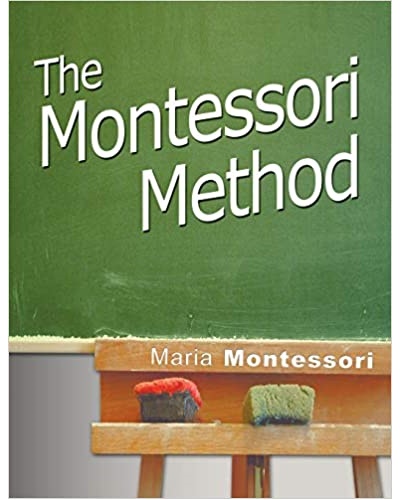
The Montessori Method
This is a classic of educational philosophy that garners special attention today, with the traditional methods of early-childhood schooling having failed. The theories focus on the individuality of the child and nurturing their inherent joy of learning to create schools and other similar learning environments.
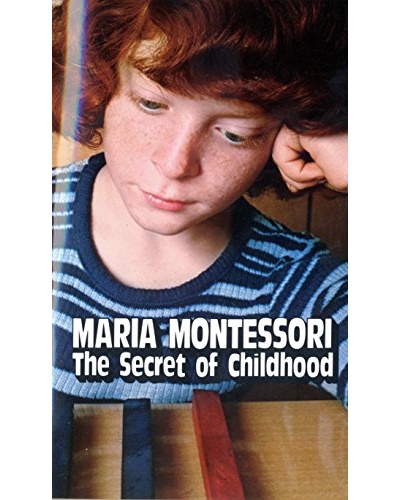
The Secret of Childhood
In this book, Montessori describes a child with warmth and the exactness from the point of a scientist. She also discusses the array of materials and techniques needed to release their learning potential.
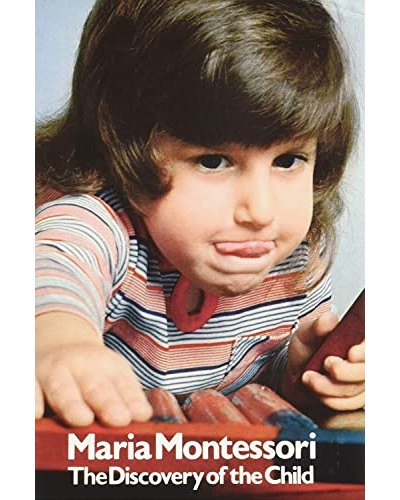
Discovery of the Child
In this book, Montessori describes the nature of a child and how her method of teaching can be adapted with a child’s desire to learn. She went beyond the conventions of those days to seek a new way of knowing and loving a child. The book also contains 16 pages of photographs.
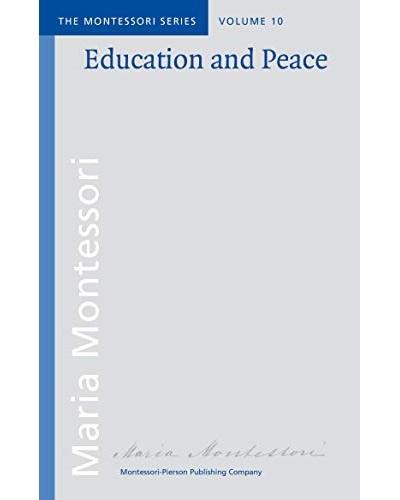
Education And Peace
Education and Peace by Maria Montessori is a collection of Montessori’s lectures. She talks about coping with the problems of the future of humanity. She also wrote about her passionate expression to her insights on the subject of “Educate for Peace” between World War I and World War II. The book has also been translated by Helen Lane.
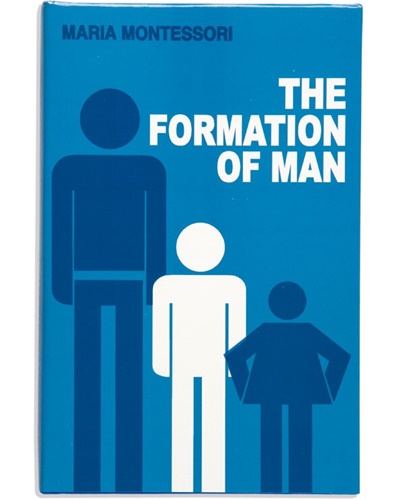
The Formation of Man
The book explains the psychology of a child during the first four years of their life. The formation of intelligence and human personality in a child are explained in detail. Besides, the processes and laws related to child psychology are followed in this book.
